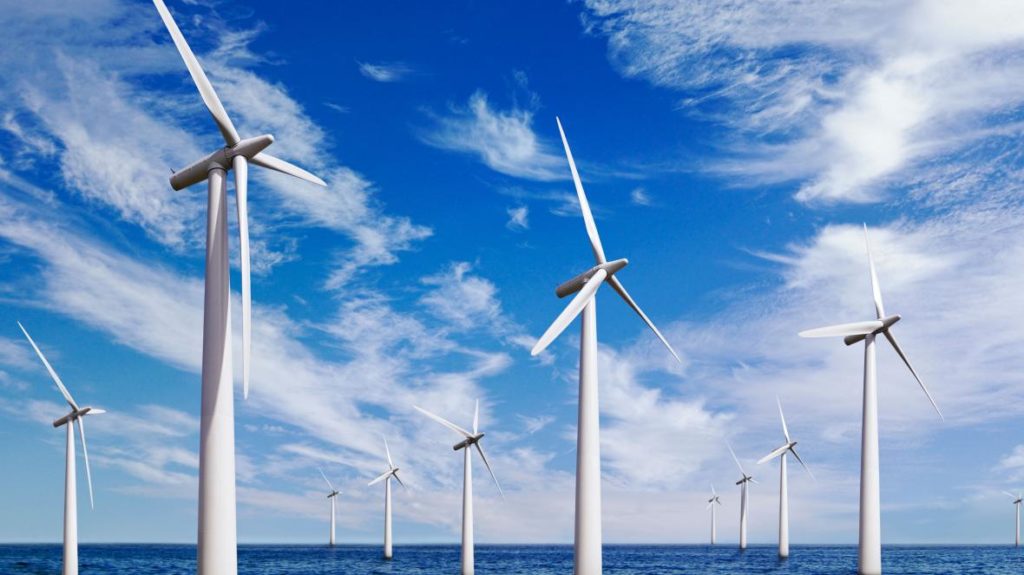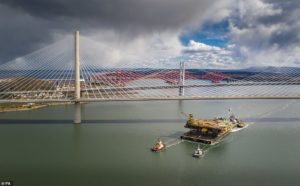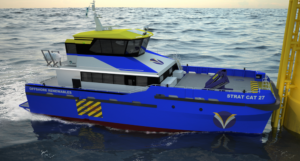Call to define marine protected areas in law

Legislation for the construction of offshore wind farms should include the designation of marine protected areas (MPAs), a campaign group has said.
The Irish Wildlife Trust (IWT) said that Ireland could destroy its marine ecosystem if it does not establish MPAs to guide decisions on where offshore wind farms can safely be established, according to The Times.
In the coming months, the Marine Planning and Development Management Bill is due to be signed into law and, for the first time, will create a system for offshore planning applications in Ireland.
However, the proposed legislation does not define MPAs in law or provide a mechanism for them to be established, meaning that permission could be granted for offshore turbines in areas that have important marine ecosystems.
According to The Times, Pádraic Fogarty, campaigns officer at the IWT, says: “If this goes the way the government is planning, then the industry will have taken their pick of development sites and the MPAs will just have to squeeze into whatever is left over.”
He said there are particular “hot spots” for marine species that need to be protected but without these areas being mapped out planning authorities could approve offshore projects for these sites, damaging the biodiversity in the area.
“We could end up destroying marine habitats, we could end up impacting internationally important bird populations, and we could end up impacting important whale and dolphin populations,” Fogarty adds.
The government has committed to expanding Ireland’s MPA network from 2.13 per cent to 30 per cent by 2030, and a public consultation process is underway to inform the legislation that would be needed to do this, reports The Times.
Fogarty said this will not be completed in time to inform decisions on where to establish offshore wind farms and that a mechanism to designate MPAs should be included in the upcoming marine planning legislation.
“That would be the sensible option because you are creating the MPAs in parallel with the development and that is good planning whereas at the moment it looks like we will be doing the planning without the MPAs and who knows when the MPAs will come into force.”
He adds: “The other thing that could be done is sensitivity mapping where you would sit down with a scientist and decide where are the likely places that we would be putting these MPAs and at least give them some visibility.”
Offshore wind energy forms a key part of the government’s Climate Action Plan to increase the proportion of electricity generated from renewable energy sources from 30 per cent to 70 per cent by 2030.
Fogarty said that if MPAs are not introduced in parallel with legislation to allow for offshore wind farms then biodiversity will be left behind in an effort to solve the climate crisis.
Read full article online.










